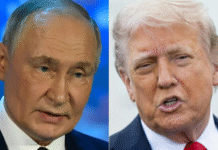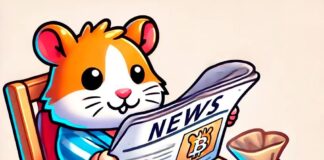Explore how The Big Short uncovered the cracks in the U.S. housing market, exposing the role of subprime loans in the 2008 crash—and why its lessons are still relevant.
“The Big Short” isn’t just a Hollywood drama—it’s a sharp, eye-opening dive into one of the biggest financial meltdowns in modern history. Based on Michael Lewis’s bestselling book, the film tells the story of a handful of financial experts who saw what no one else did: the U.S. housing market was built on a foundation destined to crumble.
At the heart of the crisis were subprime loans—high-risk mortgages offered to borrowers with weak credit and little financial stability. These loans were often packaged into mortgage-backed securities and sold to investors as low-risk assets. But beneath the surface, the system was riddled with bad debt, flawed ratings, and unchecked greed.
The film follows characters inspired by real-life investors like Michael Burry, Steve Eisman, and Greg Lippmann, who dug into the numbers and realized the housing boom was an illusion. While major banks remained blind—or willfully ignorant—to the danger, these outsiders bet against the market, shorting the housing bubble before it burst in 2008.

What The Big Short does best is explain complex financial mechanisms in a way that’s both engaging and understandable. Through sharp storytelling, fourth-wall breaks, and real-world analogies, the film highlights not just how the collapse happened—but how it was allowed to happen.
More than just a history lesson, The Big Short serves as a warning. It challenges viewers to question the systems we trust and to recognize the human cost of financial negligence. Behind the jargon and billions of dollars lost, millions of people lost their homes, jobs, and savings.
As the credits roll, one message becomes clear: the signs were there. A few people saw them. Most did not. HERE
Have you seen The Big Short? What was your biggest takeaway? Let me know in the comments below.
How “The Big Short” Exposed the Cracks in the Housing Market
















